GRAFFITI HOUSE – BRANDY STATION, VIRGINIA
Spirits of Civil War soldiers remain proud of their work… and on the property.
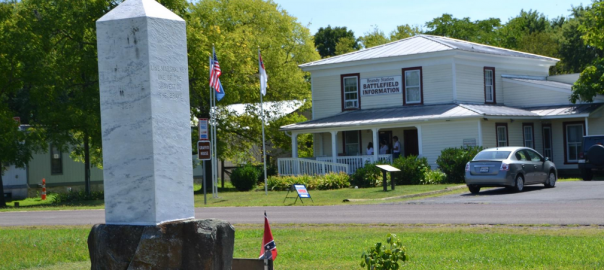
Image Source: Uploaded by trmdwelk to Trip Advisor
In 1861, early nineteenth century tensions between the South and the North finally climaxed. The nation finally had to address the big issue of slavery (among other things), but both sides preferred battle over compromise. The United States was thus split in two – it was the free states versus the slave states. But the American Civil War divided up more than just the nation; it separated soldiers from their families and tore them away from their homes. It is difficult to imagine both the physical pain and mental suffering they endured. From trekking long miles by foot, to witnessing comrades being killed right in front of them, these men left each battle with scars, shell shock, andstories. At the Graffiti House, located in Brandy Station, Virginia, you can see and experience these tales for yourself.
Brandy Road is located right by the Orange & Alexandria Railroad, so it became a frequent stop for both Union and Confederate troops during the Civil War. The Graffiti House, constructed in 1858 by James Barbour1, first served as a dwelling for local families before being converted into an official field hospital in 1863. This was where the wounded sought refuge after various Civil War scrimmages, including the important Battle of Brandy Station. This battle, also known as the Battle of Fleetwood Hill, is famous for being the largest cavalry engagement the American nation has ever seen2.
On June 9, 1863, Union officer General Major Alfred Pleasonton launched a surprise attack the Confederate army’s Major General James Ewell Brown (J.E.B.) Stuart. Five cavalry brigades of tired and hungry Confederates had spent an exhausting night camped along the Rappahannock River; they were ill prepared for General Pleasonton’s well-planned assault. At the crack of dawn, Pleasonton split his forces into two groups, such that the Confederates would wake up to be surrounded on both sides. Luckily for Stuart, Pleastonton had underestimated his enemy’s numbers, and thus was thwarted from an easy victory.
The battle that ensued lasted all day. Confederate General William E. Jones was the first to be awakened by the sounds of gunfire and horse hooves; he quickly marshaled his forces to face the oncoming Union soldiers led by Major General John Buford. As cannons whistled through the sky and the air thickened with gun smoke, the two armies were thrown into a state of much chaos and confusion, resulting in casualties on both sides. About ten hours later, the Confederates would retreat and seek refuge at the Graffiti House. Much of the graffiti that has been successfully identified thus includes the names and work of these soldiers. In fact, J.E.B. Stuart’s signature is among them.
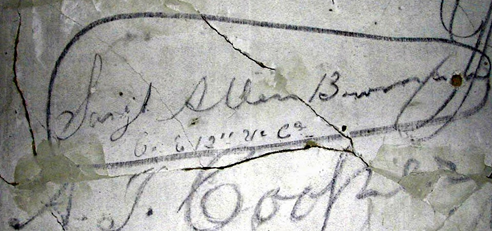
Image Source: John Banks Civil War Blog
Other officers who have “signed” the house include Lieutenant William J. Marshall, Colonel John Egbert Farnum, and Sergeant Henry Thomas. Of course, lower ranking soldiers have penned their names as well.
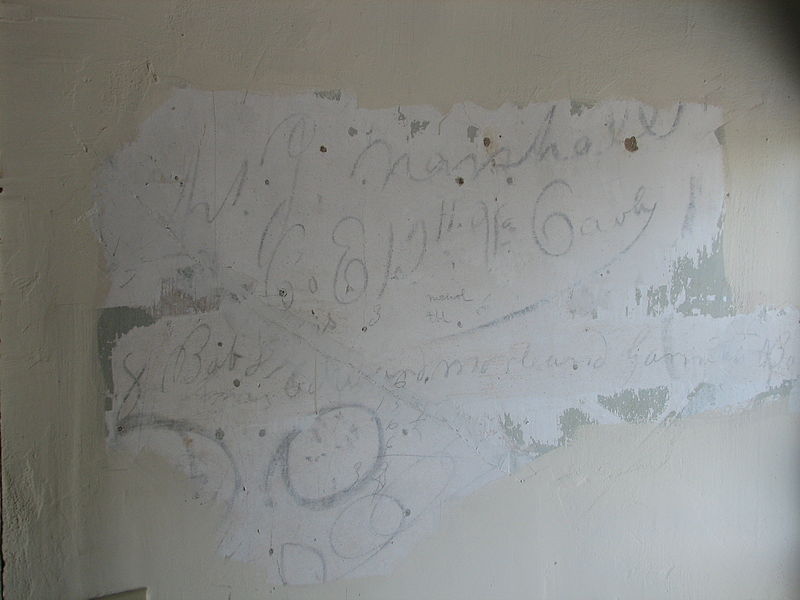
Image Source: Uploaded by w:en:Rutke421 to Wikipedia
Renovators of the house, planning to transform it into a commercial property, were called to a halt upon the discovery of its graffiti back in 19933. Unfortunately, about half of the Graffiti House’s historical significance had already been peeled off or severely damaged. Expert architectural conservator Christopher Mills4 was thus brought in to rescue what remained. The Brandy Station Foundation, a non-profit organization, purchased the property in 2002 and has made it its mission to preserve these important pieces of American history.5Wikipedia
Besides autographs, the house’s walls are marked with plenty of crude drawings and doodles as well. Of the only two identified, The Maryland Scroll is the most famous. It is a sketch of an unfurling piece of parchment, which lists the names of men who would later fight at the Battle of Kelly’s Ford, another significant Civil War skirmish that occurred in Virginia’s Culpeper County. Though the scroll had been previously peeled from the plaster to be added to a collector’s private set of Civil War artifacts, the Brandy Station Foundation returned it to its rightful home in January 2004.6 Today, visitors can see it in a glass display featured in the house’s south room.
The house is a simple two-story tall structure. The first section constructed was actually a side-passage plan house, onto which the first floor was later added. It is on the second floor, within three of its rooms, that the graffiti can be found.
One room, known as the Marshall Room, is named after one of its most significant signers: Lieutenant James Marshall, a Confederate officer who was killed during the famous Battle of Gettysburg. The room also features simple sketch of a downcast looking Confederate soldier.
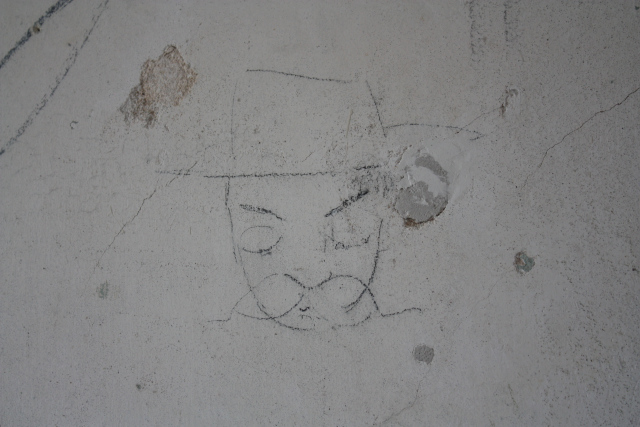
Image Source: Jaunting Jen
Another room, this one named after Sergeant Allen Bowman of the 12th Virginia Cavalry, includes a much more intricate charcoal drawing, called the “Dancing Lady.”
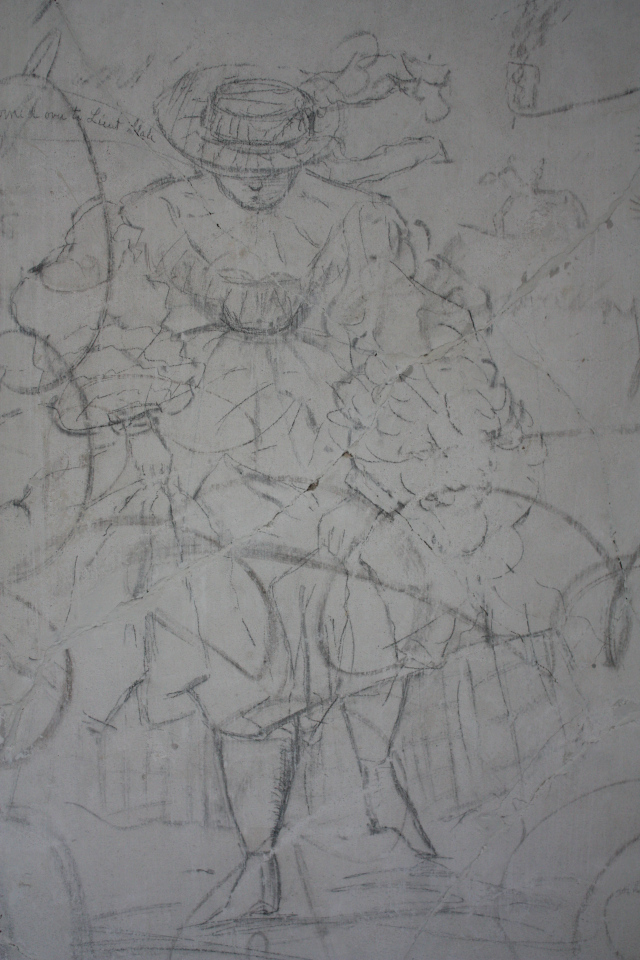
Image Source: Jaunting Jen
The final room, which is where Stuart practiced his penmanship and the Maryland Scroll was originally sketched, is perhaps what draws the most crowds. On one of its walls, a clever Union soldier had written in flourishing script “United States of America” over a Confederate’s previous scribble, “Yanks caught hell.”
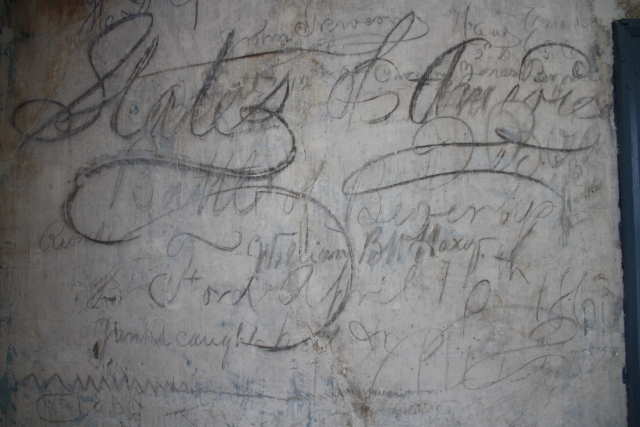
Image Source: Jaunting Jen
When the Brandy Station Foundation acquired the house, it was in a state of severe dilapidation. It has undergone a remarkable transformation; thanks to the foundation’s efforts, tourists can now visit a structure that’s in much more solid and beautiful condition.
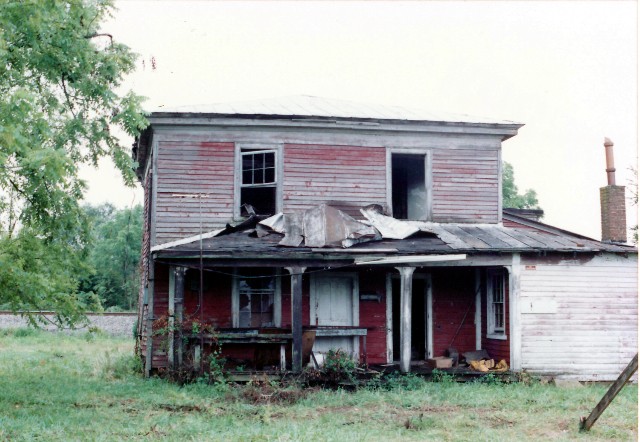
Image Source: Brandy Station Foundation
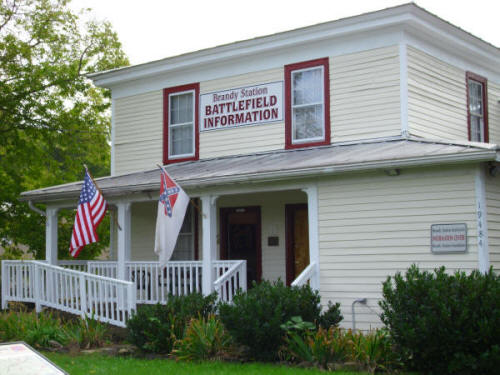
Image Source: Brandy Station Foundation
But don’t think that such improvements have impeded the house’s supernatural activity; strange events have been occurring at the Graffiti House for decades.
“One report that has been passed down concerned two young girls who were living in the house in the 1930s. They decorated a Christmas tree in an upstairs room and when they finished they said the decorative balls began to swirl on their own in a counter clockwise movement. There was no wind, and, of course, no air conditioning or central heating at the time.”7
One volunteer leader, Della Edrington, openly admitted to the house’s haunting, and even invited the Virginia Paranormal Institute to conduct an investigation back in 2007. What they found upstairs was more than graffiti. Everyone in the group experienced something paranormal: ghost hunter Jackie Hicks felt a force tightening around her wrist; journalist Donnie Johnston witnessed a picture frame move on its own; and the team’s ghost-detecting instruments were “racing off the charts.”8 In fact, Research and Investigation of the Paranormal (R.I.P.) featured the Graffiti House9 during one of their Internet television segments, “The R.I.P. Files,” and the Graffiti House Foundation has itself hosted events10 (complete with psychic readings and a “Ghosthunting 101” class) which celebrate the property’s spooky past.
Book a Williamsburg Tour and see for yourself
Our tour will take you on a leisurely stroll along the tree-lined cobbled streets of this beautiful and historic city. In around three-quarters of a mile on our standard tour, our entertaining and knowledgeable guide will regale you with stories of characterful spots in the Historic District of Williamsburg.
For those with an appetite for the terrifying, our extended tour will take in an additional haunted locations.
Get more information and reserve a tour today!
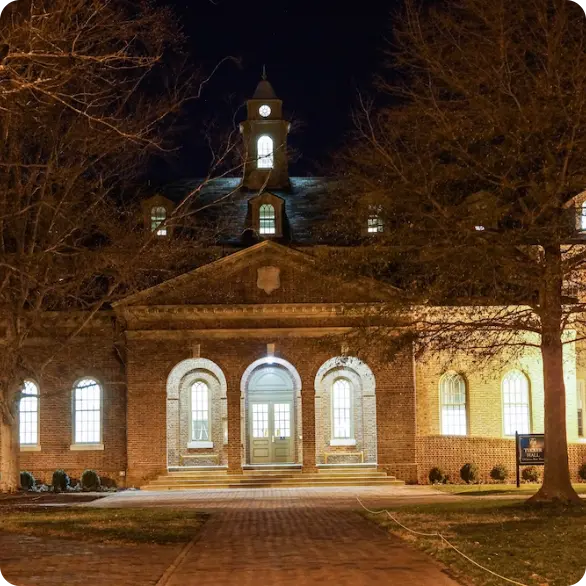
Works Cited
- “Graffiti House.” Brandy Station Foundation. Brandy Station Foundation, Last Updated 21 July 2015. Web. 9 August 2015.
- “Civil War Trust Announces Preservation Opportunity at Fleetwood Hill on Brandy Station Battlefield.” Civil War Trust. 20 December 2012. Web. 9 August 2015.
- “The Graffiti House.” Explore the Journey: Historical Site. The Journey Through Hallowed Ground, 2015. Web. 9 August 2015.
- Olds, Nancy Jennis. “Brandy Station, Va. Graffiti House Walls Have Stories To Tell.” Civil War News. Historical Publications, Inc. January 2015. Web. 9 August 2015.
- “Maryland Scroll.” Brandy Station Foundation. Brandy Station Foundation, Last Updated 21 July 2015. Web. 9 August 2015.
- “About the Brandy Station Foundation.” Brandy Station Foundation. Brandy Station Foundation, Last Updated 21 July 2015. Web. 9 August 2015.
- Taylor, L.B. The Big Book of Virginia Ghost Stories. Mechanicsburg: Stackpole Books, 2010. Page 154.
- Taylor, L.B. The Big Book of Virginia Ghost Stories. Mechanicsburg: Stackpole Books, 2010. Page 154-155.
- “Episode 109 – Echoes of War.” Case Files – Season 1. The R.I.P. Files. The Marin Group, Inc., 2012-2014. Web. 9 August 2015.
- Munn, Patricia. “Meet the ‘Spirits of The Graffiti House’ this Halloween weekend in Culpepper, VA.” Examiner.com. 24 October 2011. Web. 9 August 2015.
